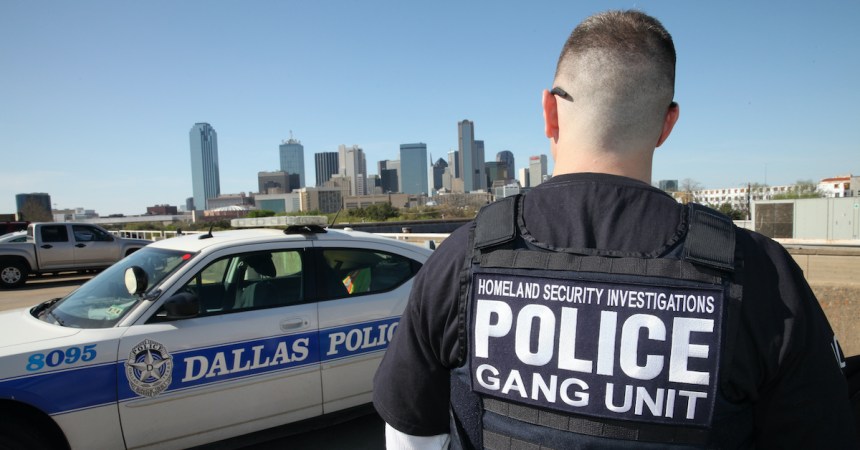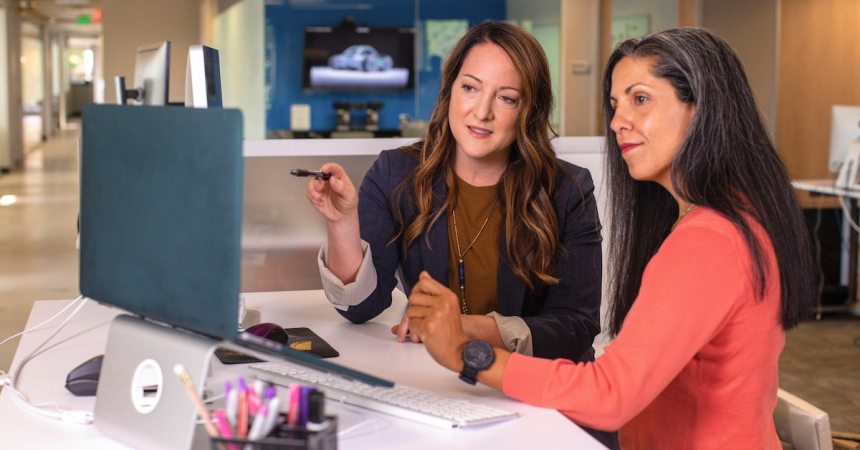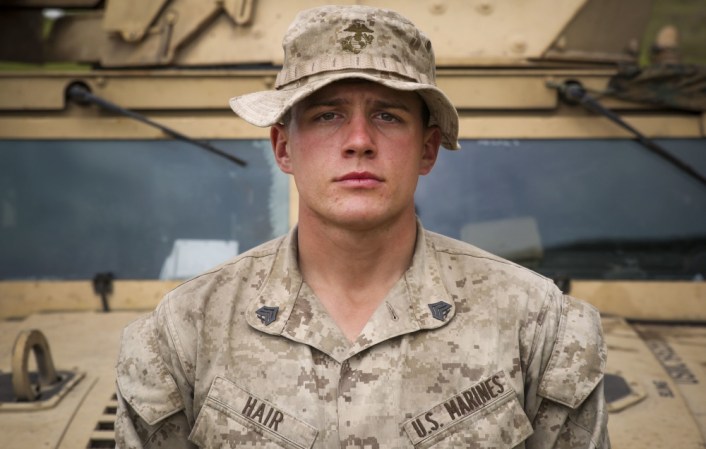Congratulations! You’ve decided to soar above the earth in your new career as an airline pilot! Being a pilot is a challenging yet rewarding vocation. If you love the thrill of flight, travel and working as a team it’s a great job to pursue. There’s only one thing stopping you.
Money. Let’s first look at what you’re getting for that hard earned cheddar.
You must earn several certifications. Too much time between practice flights can cause you to regress. It’s not just the cost of your training, it’s the cost of time building. In order to obtain your ATP or Airline Transport Pilot license you must have a certain number of hours in several different categories. You must also have a total of 1500 hours of flight time. This can be reduced down to 1250 if you have an approved associate’s degree, 1000 with an approved bachelor’s and 750 if you’re a prior military pilot. I’ll come back to the college aspect soon with info on how that can help you save money.
Next you must decide how to pay for it. You could use savings, take out a loan or go on game show! If that’s not an option (be honest, have you even auditioned for Jeopardy?) read on.
- Veteran Readiness and Employment or VR&E
This program was previously called Vocational Rehab and it does what it says. It helps vets with a VA disability prepare for a new job. That job cannot make your current disability worse but pulling out the tray table at 39,000 feet and enjoying a nice lunch isn’t too hard on the old body. You’ll need to fill out lots of paperwork and meet with a counselor to map your career objectives. RTAGers have used this program to obtain everything from initial flight training for enlisted vets to actual type ratings for airliners like the Boeing 737. It all depends on you and your counselor, and this can make the process tricky. Most VR&E counselors are not pilots, so you’ll need to come into your meeting prepared. Again, join the RTAG Nation to learn more. Check out this website for more info.
- Workforce Innovation and Opportunity Act
Here’s another sleeper most vets miss entirely, as do their flight schools. WIOA is a federally funded program that helps get Americans into high quality jobs. Your flight school must apply to be an approved partner and you’ll again fill out a mountain of paperwork, take some nongraded skills tests and meet with a counselor. WIOA actually paid for my Commercial Single Engine Land and my Instrument Airplane certifications. It also paid for my checkride fees, gas money and other expenses. The flight schools get paid the money directly so it’s pretty hassle free. Like all things, make sure the check has cleared before you train, or you could end up paying out of pocket. You’ll also have to agree to a year of follow up calls ensuring you’re still employed. A small price to pay and it’s actually a great opportunity for you to extoll the virtues of allowing veterans to use this funding to the assigned counselors. Your spouse is even eligible in some cases. The couple that trains together, stays together.
https://www.dol.gov/agencies/eta/wioa
- Grants and Scholarships
This is the easiest one for motivated pilots but it’s the hardest one for lazy pilots! Scholarships for training exist within local communities and regions, you’ll just have to find them. Check with every aviation and veteran focused organization in your area. For example, many RTAGers are now training through “Campbell Strong” near Fort Campbell, KY. In fact, if you’re a Screaming Eagle or stationed nearby visit this website for more info right now.
You can also find great info about the millions of dollars in flight training scholarships available to you through Aviation Scholarships and their website or social media platforms. They’re an exhaustive source of info and will save you hours of research. Here’s the page to visit.
- Aviation Workforce Development Grants
This is a new program and the exact details are still forthcoming. The FAA has money to help encourage new pilots, but they can’t provide scholarships or any form of financial assistance directly to individual applicants. However, flight schools and charities that are approved may offer scholarship opportunities as a funded activity. So, tell your flight school to do some research. It could be lucrative for both the school and for you. If you’re interested in direct scholarships, the FAA also has a page to help you. Click on this link to start your research.
https://www.faa.gov/education/grants_and_scholarships/aviation/
5. COO or Credentialing Opportunities Online
Each military service operates their own credentialing program, and like all things, they vary widely in scope and eligibility requirements. Many Army RTAGers are using this program to pay for $4000 of training annually, while other services can limit the amount further. The best way to learn more is to contact your local transition services office. If your flight school isn’t aware of this, they are losing serious money. Point them in the right direction. If they won’t try to get approved it might be time to factor that into your choice of flight schools. Just search for COOL and your service to find the link!
- The Bartering System
Remember that sketchy shop owner in Afghanistan? The one with the Macedonian, British, Soviet and now American merch? Ever cut a deal on something they were selling? You’re already an experienced international trader. Use your skill. Turn wrenches in exchange for flight time. Redesign their website. Get some training for free or cheap. How? What else could you offer a school?
Knowledge. Here’s two programs they probably haven’t heard of.
How about a paid internship? DoD SkillBridge allows you to spend several months training for your new career with an approved business. You can’t be paid, the internship must lead to a possible job and you must get permission from your command. You’ll still draw full pay and benefits from the military, and this is all before you sign out on transition or terminal leave from the service. This is designed to help you find work and avoid ending up on unemployment, as the military would end up paying for those benefits. What would 90 days of free labor mean to your new boss? They’ll be shocked to find out how amazing an opportunity they’ve been missing when they go to this website and find out more.
https://dodskillbridge.usalearning.gov/
How about tax credits? The Work Opportunity Tax Credit can help businesses receive credit for hiring veterans who have disabilities. As the name implies, getting this money involves dealing with taxes and it’s a lot of work, lol! That being said, vets could potentially earn employers up to $9600 in credit by hiring you. That could easily pay for a CFI for a budding E2A RTAGer. Have them visit this page for more deets.
https://www.dol.gov/agencies/eta/wotc
- VA Educational Benefits
Notice that I listed your “GI Bill” last because it should be your last resort. Yes Virginia, you really can use the educational benefits you’ve earned to train for a career as a pilot, however, in most cases, you must obtain your Private Pilot’s License first.
That is unless you are attending an approved degree producing program…
Programs like the one Mercer Community College administers with their flight school partner Infinity Flight Group. In fact, they even have a specialized “Enlisted to Airline” program just for veterans. Non-pilot veterans who were officers are eligible too. Many colleges offer training through flight affiliates and those may not cover the PPL. If you do the work, you could complete your commercial certificate with little to no cost out of pocket, just as many RTAGers E2A have done. So yes, vets can get their PPL for free!
Do your research before you commit to anything. Ask questions on RTAG Nation. Understanding all the different types of flight schools and certification options you have is crucial to your success. More info can be found via this link and the many RTAG Nation social media platforms.
https://www.va.gov/education/about-gi-bill-benefits/how-to-use-benefits/flight-training/
If you’ve been taking notes you now see that you can get the training for free if you work hard at it. With everything paid for you can use the GI Bill for the one thing that really benefits RTAGers.. getting a backup career in case you lose your medical or say, a pandemic crushes the industry. Yeah, like that’s ever gonna happen.. The GI Bill is a great way to finish your course of study on your overnights as that bright eyed, yet underpaid first officer, all while supplementing your abysmal first year airline pay with that sweet online military housing allowance.
But Erik, what about RTPs and First Officer bonuses? Are they coming back?
You’re better off waiting for Godot (what, right over your head?).
OK, then you’re better of waiting for Han Solo to be rescued at the end of Episode VI. It’s not going to happen for a while but as Han said, “They’ll be another time.” Thanks to RTAG though, you’re much, much better off doing it yourself anyway. If you put forth the same effort in your search as it took me to compile and write this article then I can promise that you will not pay a dime for your training.
Remember that, this is YOUR training. Do not wait for someone else to hold your hand. Get out there and make it happen. Don’t wait for an RTP or First Officer bonus to rematerialize. Airlines go out of business. They don’t pay their bills when they do. You and your school will be stuck holding the bill. Since you’ll be trained guess who’s going to win that fight? Starting over in aviation is already a serious commitment fraught with stress and pitfalls you haven’t even imagined yet. Adding financial debt to the mix is just plain dumb, especially when it will take most of the recovery for you to be trained anyway. Get it done now. Be ready for the eventual recovery. Until then, remember our motto at RTAG…
Go fund yourself!
Sabby
Erik Sabiston is the bestselling author of Dustoff 7-3. Follow him on Instagram.


























